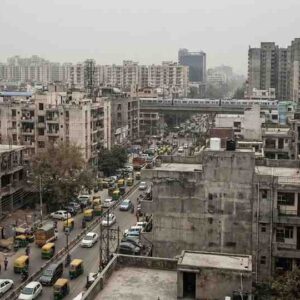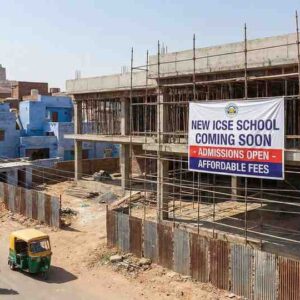As parents across India write hefty checks for their children’s education each year, a burning question looms: Is the steep school fee truly justified? With the rise of private education in India, parents are shelling out increasingly large sums, but what exactly are they paying for? This bold examination seeks to uncover whether these costs genuinely reflect the value of the education provided or if they’re just another financial burden.
Skyrocketing Costs: A Financial Burden?
The cost of education in India has seen an astronomical rise over the past decade. According to a report by the National Sample Survey Office (NSSO), the average annual private school fee has surged by over 150% in the last ten years. This spike in fees is not just a number—it’s a significant chunk of a family’s income. For many, it means cutting down on other essentials, raising the question: are these fees a guarantee of superior quality education or merely a gatekeeper to perceived prestige?
The Promise vs. The Reality
Many schools justify their high fees with promises of superior infrastructure, smaller class sizes, and access to advanced technology. Indeed, some deliver on these promises, offering state-of-the-art facilities and programs that foster a conducive learning environment. However, a closer look often reveals a disparity between the facilities touted in glossy brochures and the actual services provided. Are parents really getting what they pay for, or are they buying into a well-marketed mirage?
The Commercialization of Education
Critics argue that education in India is becoming increasingly commercialized. A study by the Centre for Budget and Governance Accountability (CBGA) highlights that a significant portion of private school fees goes towards non-educational expenditures like marketing and high administrative salaries. This commercial approach raises ethical questions about the commodification of education—should learning be a luxury only a few can afford?
Exam Scores vs. Holistic Development
While many high-fee schools boast about their stellar exam results, education should be about more than just scores. Holistic development, which includes critical thinking, creativity, and emotional intelligence, is often sidelined in the race to score high on standardized tests. This focus on rote memorization and test preparation begs another crucial question: are we preparing our children for real life or just training them to pass exams?
The Alternative: Public vs. Private Education
The debate extends to the comparison between public and private schools. While public schools often struggle with underfunding and overcrowding, they do not carry the financial burden of their private counterparts. With the Indian government increasing its education budget by 11% this year, as reported by the Ministry of Finance, public schools are slowly improving. This scenario prompts parents to reconsider whether private education, with its hefty fees, provides enough value to justify the cost.
Conclusion: A Call for Transparency and Value Assessment
The high fees of private schools in India remain a contentious issue. Parents must critically assess whether these costs translate into better education and opportunities for their children or if they merely perpetuate a cycle of high costs and high stakes with minimal real-world benefits. As the demand for transparency and genuine educational value grows louder, it’s time for schools to reassess their fee structures and for parents to consider what they are truly investing in. Are we nurturing the next generation, or are we blindly investing in a costly illusion?













